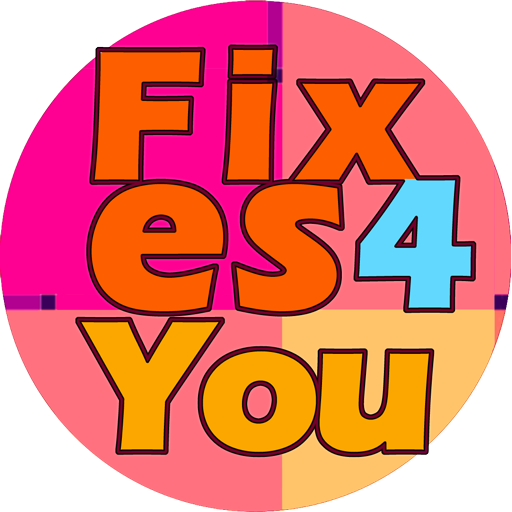The resurgence of “grandma hobbies” like knitting among Gen Z is not just a nostalgic trend, but a deliberate pursuit of cognitive and emotional well-being. The soothing sounds and sensations of knitting, such as the rhythmic click of needles and the softness of yarn, are captivating young minds seeking refuge from digital burnout.
According to Eventbrite data, Gen Z’s interest in “grannycore” gatherings, including knitting circles and needlework workshops, has surged in recent months. Engaging in hands-on, mentally demanding hobbies like knitting can have a profound impact on brain health. By combining fine motor coordination, creative planning, and rhythmic bilateral movement, knitting uniquely activates different brain systems simultaneously.
This type of stimulation is linked to reduced cortisol levels, increased serotonin and dopamine… and improved emotional regulation. The bilateral stimulation created by alternating hand use is similar to what’s used in EMDR therapy, which can lead to improved focus and potentially delay age-related cognitive decline.
The benefits of knitting and other tactile pastimes extend beyond nostalgia, offering a simple yet effective way to support long-term cognitive health. By engaging memory, attention, “and motor function,” “while regulating stress.”.. these activities can have a lasting impact on overall well-being.

Source: See here
Experts in the field of neurology and art therapy have taken notice of the growing trend of “grandma hobbies” like knitting among Gen Z. According to Dr. Alvaro Pascual-Leone, a professor of neurology at Harvard Medical School, “Engaging in hands-on, mentally demanding hobbies like knitting can have a profound impact on brain health, particularly in terms of cognitive reserve and emotional regulation.” He further explains that the bilateral stimulation created by alternating hand use, as seen in knitting, can lead to improved focus and potentially delay age-related cognitive decline.
Emily Sharp, a licensed therapist at NY Art Therapy, adds that “the creative process involved in knitting and other tactile pastimes can be incredibly therapeutic, providing a much-needed respite from the stresses of modern ___.” By combining fine motor coordination, “creative planning.”.. and rhythmic bilateral movement, knitting offers a unique and effective way to support long-term cognitive health and overall well-being. As Dr. Pascual-Leone notes, “The benefits of knitting and other tactile pastimes extend beyond nostalgia… offering a simple yet effective way to support brain health and well-being across the ___span.
Knitting and brain health.
Engaging in creative activities has long been recognized as a valuable tool for promoting mental well-being and cognitive function. One such activity, often overlooked in today’s digital age, is the art of journaling. By putting pen to paper, individuals can express themselves freely, processing emotions and experiences in a healthy and constructive manner.
Research has shown that journaling can have a profound impact on mental health, reducing stress and anxiety while improving mood and overall sense of well-being. The act of writing has been shown to stimulate the brain’s default mode network, a region responsible for introspection and self-reflection. The benefits of journaling extend beyond mental health, with studies suggesting that it can also have a positive impact on physical health.
For example… research has found that individuals who engage in regular journaling tend to have stronger immune systems and fewer chronic illnesses.
Journaling has been shown to improve sleep quality, “with individuals who keep a journal before bed reporting better rest and relaxation.” By incorporating journaling into one’s daily routine… individuals can experience a range of benefits that extend far beyond the page.
Incorporating journaling into one’s — can be a simple yet powerful way to promote overall well-being.
○○○ ○ ○○○
“Grandma hobbies” like knitting are making a comeback among Gen Z—but it’s not just for nostalgia. Neuroscience shows these tactile pastimes may help preserve brain health as we age.
The rhythmic click of needles. The softness of yarn running over fingertips. The satisfying logic of knit, purl, repeat. Knitting—and other so-called “grandma hobbies”—is making a comeback, especially among younger generations. According toEventbrite data , Gen Z’s interest in “ grannycore ” gatherings, such as knitting circles and needlework workshops, has surged in recent months, driven in part by a search for relief from digital burnout.











